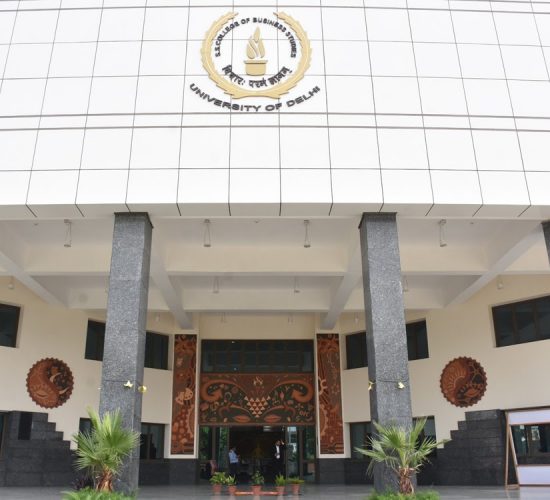Grade "A+" Accredited by NAAC with a CGPA of 3.46
The course aims at introducing the basic concepts and techniques of machine learning so that a student can apply machine learning techniques to a problem at hand..
At the end of the course, students should be able to:
Unit 1
Introduction: Basic definitions, Hypothesis space and inductive bias, Bayes optimal classifier and Bayes error, Occam’s razor, Curse of dimensionality, dimensionality reduction, feature scaling, feature selection methods.
Unit 2
Regression: Linear regression with one variable, linear regression with multiple variables, gradient descent, logistic regression, over-fitting, regularization. performance evaluation metrics, validation methods.
Unit 3
Classification: Decision trees, Naive Bayes classifier, k-nearest neighbor classifier, perceptron, multilayer perceptron, neural networks, back-propagation algorithm, Support Vector Machine (SVM), Kernel functions.
Unit 4
Clustering: Approaches for clustering, distance metrics, K-means clustering, expectation maximization, hierarchical clustering, performance evaluation metrics, validation methods.
Flach, P. (2015). Machine Learning: The Art and Science of Algorithms that Make Sense of Data. Cambridge University Press.
Mitchell, T.M. (2017). Machine Learning. McGraw Hill Education.
Christopher & Bishop, M. (2016). Pattern Recognition and Machine Learning. New York: Springer-Verlag
Haykins, S.O. (2010). Neural Networks and Learning Machines. 3rd edition. PHI.
Use of ICT tools in conjunction with traditional class room teaching methods
Interactive sessions
Class discussions
Written tests, assignments, quizzes, presentations as announced by the instructor in the class
Machine learning, unsupervised learning, supervised learning, support vector machines, neural networks, classification, clustering.
Disclaimer: Details on this page are subject to change as per University of Delhi guidelines. For latest update in this regard please refer to the University of Delhi website here.
| Cookie | Duration | Description |
|---|---|---|
| cookielawinfo-checkbox-analytics | 11 months | This cookie is set by GDPR Cookie Consent plugin. The cookie is used to store the user consent for the cookies in the category "Analytics". |
| cookielawinfo-checkbox-functional | 11 months | The cookie is set by GDPR cookie consent to record the user consent for the cookies in the category "Functional". |
| cookielawinfo-checkbox-necessary | 11 months | This cookie is set by GDPR Cookie Consent plugin. The cookies is used to store the user consent for the cookies in the category "Necessary". |
| cookielawinfo-checkbox-others | 11 months | This cookie is set by GDPR Cookie Consent plugin. The cookie is used to store the user consent for the cookies in the category "Other. |
| cookielawinfo-checkbox-performance | 11 months | This cookie is set by GDPR Cookie Consent plugin. The cookie is used to store the user consent for the cookies in the category "Performance". |
| viewed_cookie_policy | 11 months | The cookie is set by the GDPR Cookie Consent plugin and is used to store whether or not user has consented to the use of cookies. It does not store any personal data. |

